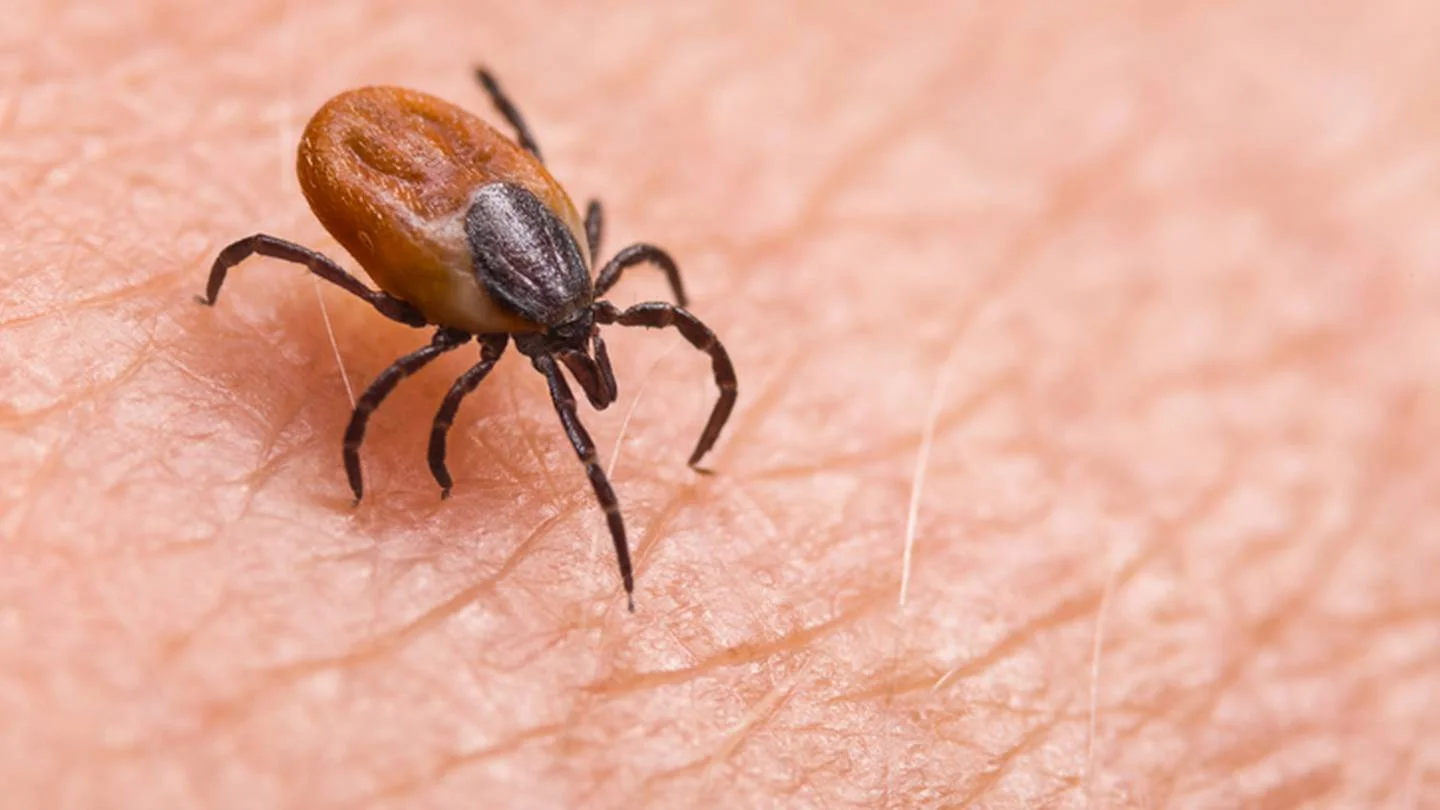Connecticut has recently been grappling with a concerning development as state health officials confirm the presence of four cases of the Powassan virus. As the specter of tick-borne diseases looms, it becomes essential to delve into the details of the outbreak, its potential implications, and the measures that can be taken to prevent its spread.
The confirmed cases of the Powassan virus are a cause for alarm. Among those affected are two elderly men hailing from Middlesex and Litchfield counties, along with two women from Windham and Litchfield counties. All four individuals fell ill during the month of July, shedding light on the urgency of addressing this issue.
Powassan Virus: A Primer
The Powassan virus is primarily transmitted through the bites of infected black-legged ticks. Its impact is broad-ranging, manifesting as mild flu-like symptoms in some cases and severe central nervous system disorders in others. The Connecticut Department of Public Health (DPH) has raised the alarm about the potential severity of the virus, with severe cases potentially leading to fatal outcomes and long-term health complications.
Laboratory tests conducted at the Centers for Disease Control and Prevention Laboratory have substantiated the presence of Powassan virus antibodies in the patients. These individuals had reported instances of tick bites and displayed symptoms of central nervous system diseases. While they have since been discharged and are in the process of recovery, this episode underscores the gravity of health risks associated with tick bites.
Escalating Threat of Ticks and Disease
Dr. Goudarz Molaei, Chief Scientist at the Connecticut Agricultural Experiment Station, has shed light on the mounting menace posed by ticks and the diseases they carry. The state has experienced a pronounced increase in tick submissions, particularly from the black-legged tick variety, in comparison to previous years. The introduction of invasive tick species further complicates public health challenges.
Shielding Through Prevention
State authorities and health experts are urgently advocating for proactive measures to counteract the spread of the Powassan virus. Residents are being strongly advised to employ insect repellent, steer clear of locales known for tick presence, and diligently conduct thorough tick checks post outdoor activities. Adhering to these precautions is pivotal in substantially lowering the risk of infection.
The emergence of the Powassan virus underscores the significance of public health vigilance and individual responsibility. In the face of this threat, education, awareness, and swift action can play a pivotal role in safeguarding communities from the potentially severe consequences of tick-borne diseases.




